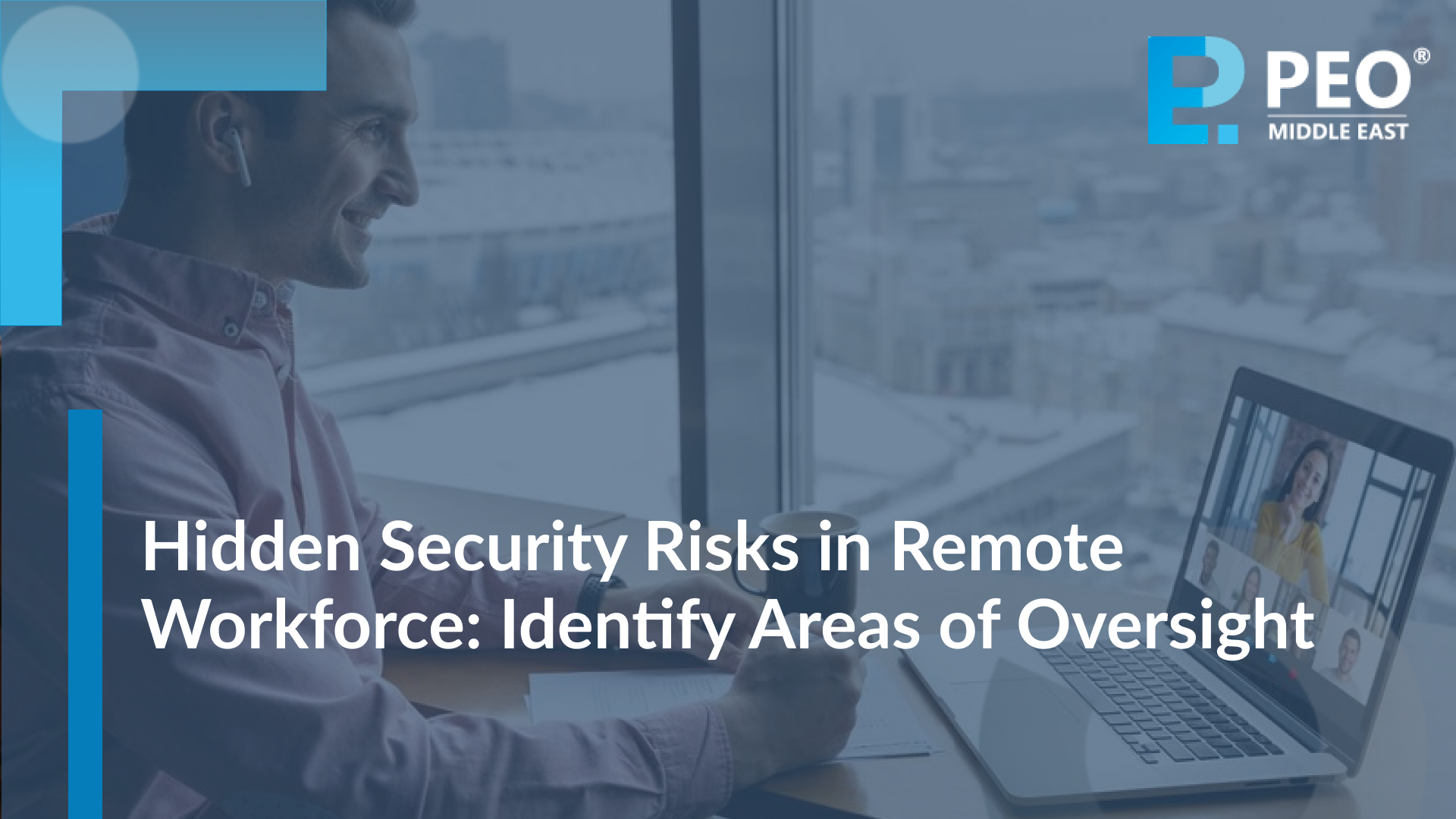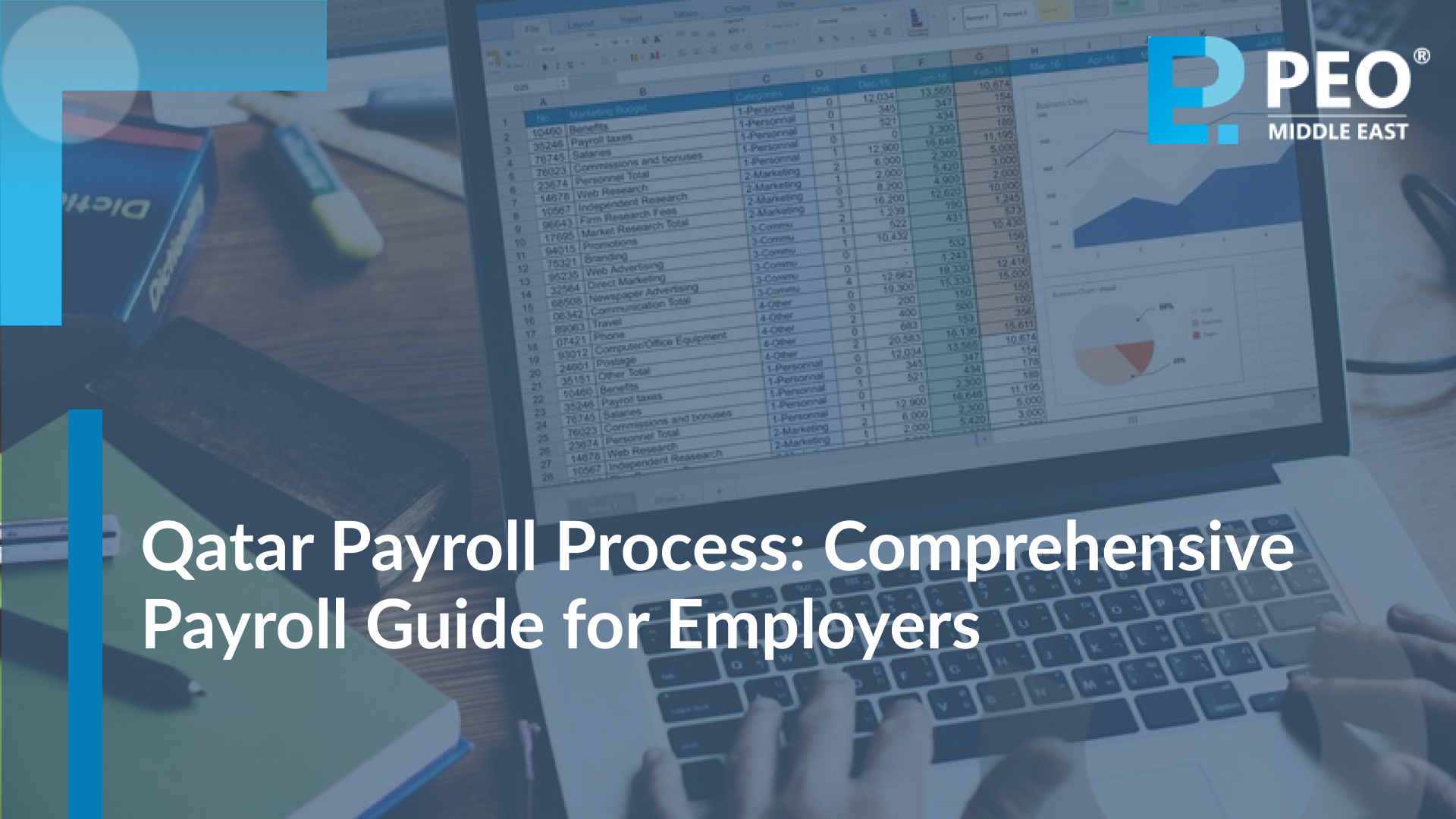Remote work continues to reshape the modern workplace. Due to this rapid shift, organizations face a myriad of benefits. It is alongside significant security challenges. Flexibility and access to a broader talent pool are undeniable advantages. But, the shift to a distributed workforce also exposes critical vulnerabilities. Those have been overlooked in traditional office settings.
Inadequate endpoint protection to the risks of unsecured home networks. There are several potential threats that businesses must navigate.
In this blog, we explore the hidden security risks that arise from a remote workforce. We highlight the key areas that organizations must address. This helps them safeguard sensitive data and maintain robust security postures. Companies can implement proactive measures by identifying these vulnerabilities. It protects their assets and their employees in the long run!
Overview of remote work security
Remote work security encompasses the policies, technologies, and practices. It is specifically designed to protect an organization’s data as employees work outside traditional office environments. The rise of remote work and secure access to sensitive information has become paramount. It requires organizations to adapt security measures accordingly.
Who is Remote worker?
An individual who performs their job duties from a location outside the conventional office setting. It is often termed as a remote worker. They leverage digital tools to communicate with colleagues. This workforce includes:
- Full-time employees
- Freelancers, and
- Contractors
And all of whom may face unique security challenges in their remote environments.
What is workforce security?
Workforce security refers to the measures implemented to protect an organization’s workforce from various threats. These may include:
- Cyber attacks
- Data breaches, and
- Insider threats
This encompasses the technology used to safeguard information. But, also training and policies that promote safe remote work practices among employees.
Challenges of increased remote work
The shift to increased remote work has introduced numerous remote workforce challenges. Issues like difficulty in monitoring employee activities and the heightened risk of data breaches through unsecured networks.
In addition to this, ensuring that all employees adhere to security protocols becomes more complex. This is due to varying home office setups can create inconsistent security postures across the organization.
Hidden security risks of remote work
Remote work presents a landscape of hidden security risks that organizations must proactively address to protect sensitive data.
Risks associated with the use of personal devices
Workers using personal devices for work can lead to security measures. It also increases the exposure to malware and unauthorized access.
Financial risks
Remote work can incur financial risks due to potential data breaches, which may result in costly remediation and regulatory penalties.
Weakness of public Wi-Fi and home network
The usage of public Wi-Fi and inadequately secured home networks create vulnerabilities. They can be easily exploited by cyber criminals. The information can be misused and it intercepts sensitive information.
Data leakage and unauthorized access
The risk of data leakage increases as employees share information through various channels. It leads to unauthorized access to sensitive data.
Vulnerabilities related to phishing and social engineering
Remote workers are often targets for phishing attacks and social engineering tactics, which can lead to compromised credentials and data breaches.
Lesser-known security challenges
Beyond the typical threats, remote work introduces lesser-known challenges, such as the work from home risks associated with collaboration tools and inadequate employee training.
Compliance challenges
Maintaining compliance with industry regulations becomes more complex in a remote work environment, as organizations must ensure that all employees follow required security protocols.
Strategies to ensure remote work security
Several security measures and remote hiring strategies should be considered to ensure remote work security. From implementing security protocols to employee training programs, the list is long! We are going to discuss a few of them in the next blog part.
Implement security protocols
Establishing clear security protocols helps create a framework for safe remote work practices and consistent data protection.
Strengthen endpoint security
Enhancing endpoint security through updated software and device management ensures that all devices used for remote work are protected against threats. It’s a great way to handle remote workforce management.
Hold employee training programs
Continuous training programs empower employees with knowledge. The skills needed to recognize and respond to security concerns associated with remote work.
Conduct regular security assessments and audits
Routine security assessments and audits should be done. It allows organizations to identify vulnerabilities. It further strengthens their overall security posture.
Legal and compliance measures
Legal and compliance measures implementation ensures that remote work practices adhere to industry regulations. It also makes sure to protect sensitive data from breaches.
Implement proactive measures to address emerging threats
Adopt proactive measures like threat intelligence and incident response plans. This helps organizations stay ahead of evolving security challenges.
Protect your remote workforce
Protecting your remote workforce is a trifecta of technology, training, and policy. Let’s begin by putting good security protocols in place concerning the use of devices and access to data, then being sure that these protocols are well communicated to all so they understand their responsibility in it. The idea of actual endpoint security is merely to make it more secure through encryption and antivirus software.
Regular training programs can empower workers with knowledge of threats like phishing and social engineering attacks. Routine security assessments help diagnose vulnerabilities to address them as soon as they are found. The resultant culture of security awareness and compliance will lead to a safer remote working environment that protects its employees and critical data from emerging threats.
Conclusion
Interestingly, the switch that made for the radical shift to remote working has brought out some number of hidden security risks. These must be addressed in order to ensure the protection of the security assets and data in the organizations. From vulnerabilities of personal devices and unsecured networks, there are phishing attacks and compliance issues that may serve as areas of oversight that will ultimately vitally affect the security posture of the organization.
So it is through an active and decisive mitigation of such risks through robust security protocols, employee training, and regular assessments that a business can help to build a secure environment for remote workforce. Ultimately, it is through the building of such a culture of security awareness and vigilance that will safeguard the long-term protection of both employees and the sensitive information with which they deal.
FAQs
What is a common cyber security risk associated with remote work?
This is the most common cyber security risk. The risk with remote work is the increased vulnerability to phishing attacks. Employees are more susceptible to deceptive emails and links when working outside a secure office environment. It leads to compromised credentials and unauthorized access to sensitive information.
What are the security issues with remote access?
Security issues with remote access such as the potential for unsecured connections. This includes public Wi-Fi. It can expose data to interception by cyber criminals. Furthermore, inadequate authentication measures may allow unauthorized users to gain access to corporate systems. This increases the risk of data breaches.
What are the security measures for remote working?
Effective security measures for remote working include:
- Implementing multi-factor authentication and
- Utilizing virtual private networks (VPNs) to encrypt data transmissions
However, regular training on cybersecurity best practices and conducting security assessments are essential. It can further enhance the protection of remote workers and sensitive information.






